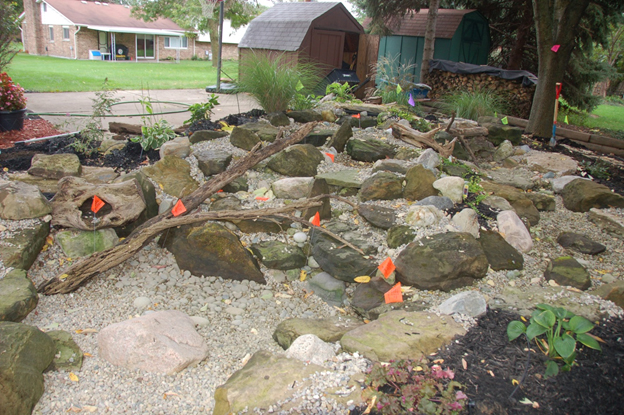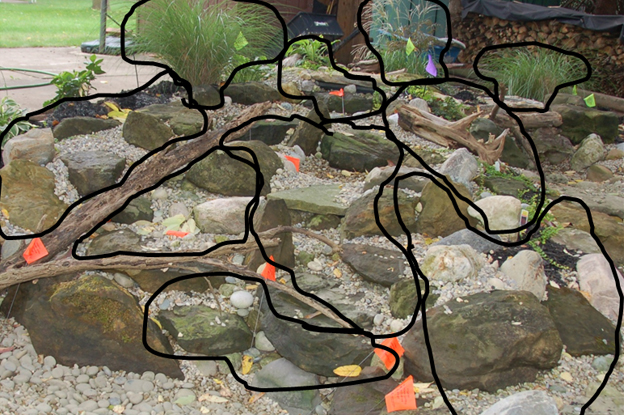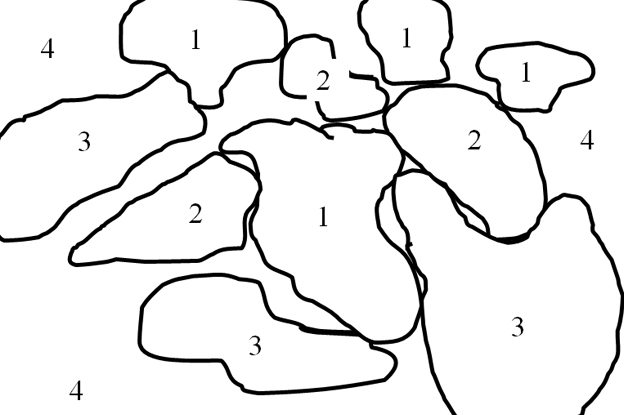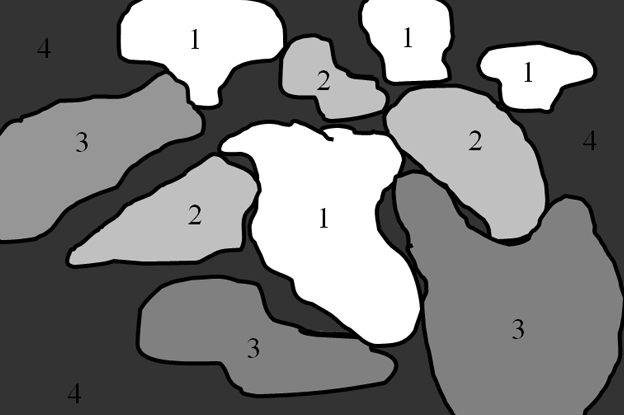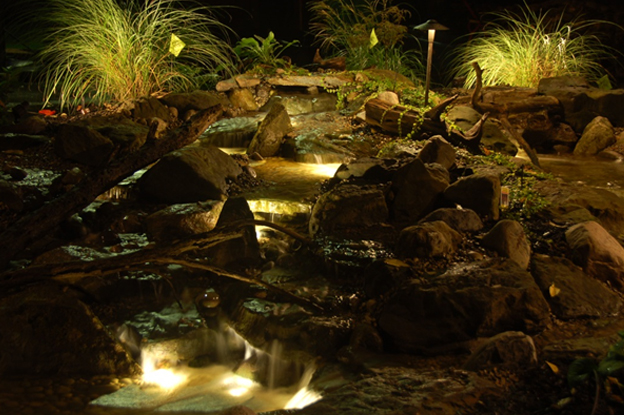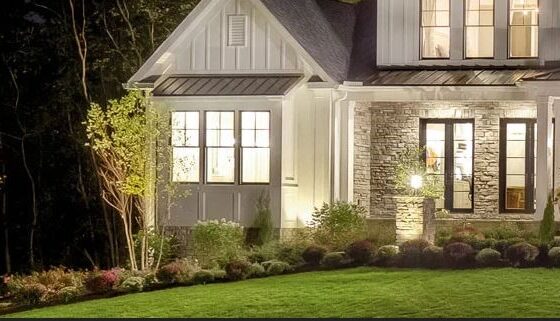A contractor’s imagination and an ability to “see” light with his/her mind’s eye is essential to developing a beautiful lighting plan. One can develop both of these by studying lighting and through experimentation. A designer needs to not only visit the property during the day, but it’s imperative to visit it at night. Only then can one fully grasp the scope of the pallet they’re dealing with.
Lighting for a Purpose
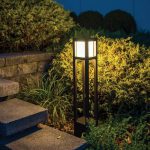 The lighting world functions in darkness, so understanding what one’s clients see (or don’t see) on their properties at night is critical. Questions must be addressed dealing with how the owners use the property. What’s beautiful about the property? the landscape? the home? How the owners and their guests enter and exit the home as well as the property itself? What are the good and bad elements of the property? Are there elements on neighboring properties that interfere or create a less-than-perfect pallet that plant material or lighting might be able to remedy?
The lighting world functions in darkness, so understanding what one’s clients see (or don’t see) on their properties at night is critical. Questions must be addressed dealing with how the owners use the property. What’s beautiful about the property? the landscape? the home? How the owners and their guests enter and exit the home as well as the property itself? What are the good and bad elements of the property? Are there elements on neighboring properties that interfere or create a less-than-perfect pallet that plant material or lighting might be able to remedy?
With the right plan developed lighting can enhance a property, help disguise undesirable areas, guide people safely through a property, etc. It all starts with a cohesive plan that ties things together and gives depth and dimension to architecture, hardscapes, waterscapes, plants and yard art that can be connected by illuminating them.
Don’t Light Everything
 Sometimes happy accidents occur and just experimenting with a few fixtures in a nighttime mock-up gets you the look you want for the lighting. Another option,a better option. is to take a photo or make a sketch of the scene. Draw it out on paper to see which elements warrant more attention than others. It’s visual. Rather than starting out painting with light, you’re starting out by painting with shades of white, grey and black. Just get a feel for the way light and dark areas will play in the space.
Sometimes happy accidents occur and just experimenting with a few fixtures in a nighttime mock-up gets you the look you want for the lighting. Another option,a better option. is to take a photo or make a sketch of the scene. Draw it out on paper to see which elements warrant more attention than others. It’s visual. Rather than starting out painting with light, you’re starting out by painting with shades of white, grey and black. Just get a feel for the way light and dark areas will play in the space.
There are no right or wrong answers to this shading exercise. It’s simply a tool to help you decide how the light should look. What should be brighter and thus a focal point? What areas/items can be secondary points of interest? What areas/items should receive less attention? It’s always a choice, and you DON’T have to light everything.
Do Have a Plan
 You do however need to be strategic and thoughtful about what you select. Create a cohesive plan. Only illuminating architecture can be rather harsh, because plants help soften the edges. That’s why it’s important to light the landscape. They work hand in hand.
You do however need to be strategic and thoughtful about what you select. Create a cohesive plan. Only illuminating architecture can be rather harsh, because plants help soften the edges. That’s why it’s important to light the landscape. They work hand in hand.
Likewise, if you’re walking the perimeter of a property and lighting from the street view, well guess what!? The occupants of the home can’t see that! A key design element is to look for things in the landscape that sit away from the house. Look for things the occupants can see through their windows. Then, decide how that plays into your lighting plan.
If the home owners are looking at something through their kitchen window, and lots of interior light is reflecting on the window from inside, then you need to make sure that the focal point is appropriately lit so that they can still see it through the window. Typically, that means it needs to be a bit brighter to overcome the reflection. That might mean doing any of the following: adding some fixtures, narrowing the beam spread to increase the lumen output, using a brighter (higher lumen) light source, etc.
Examples
Check out the following series of photos for one example of how to sketch out brightest levels on a particular scene. In this case it was a backyard water feature.


